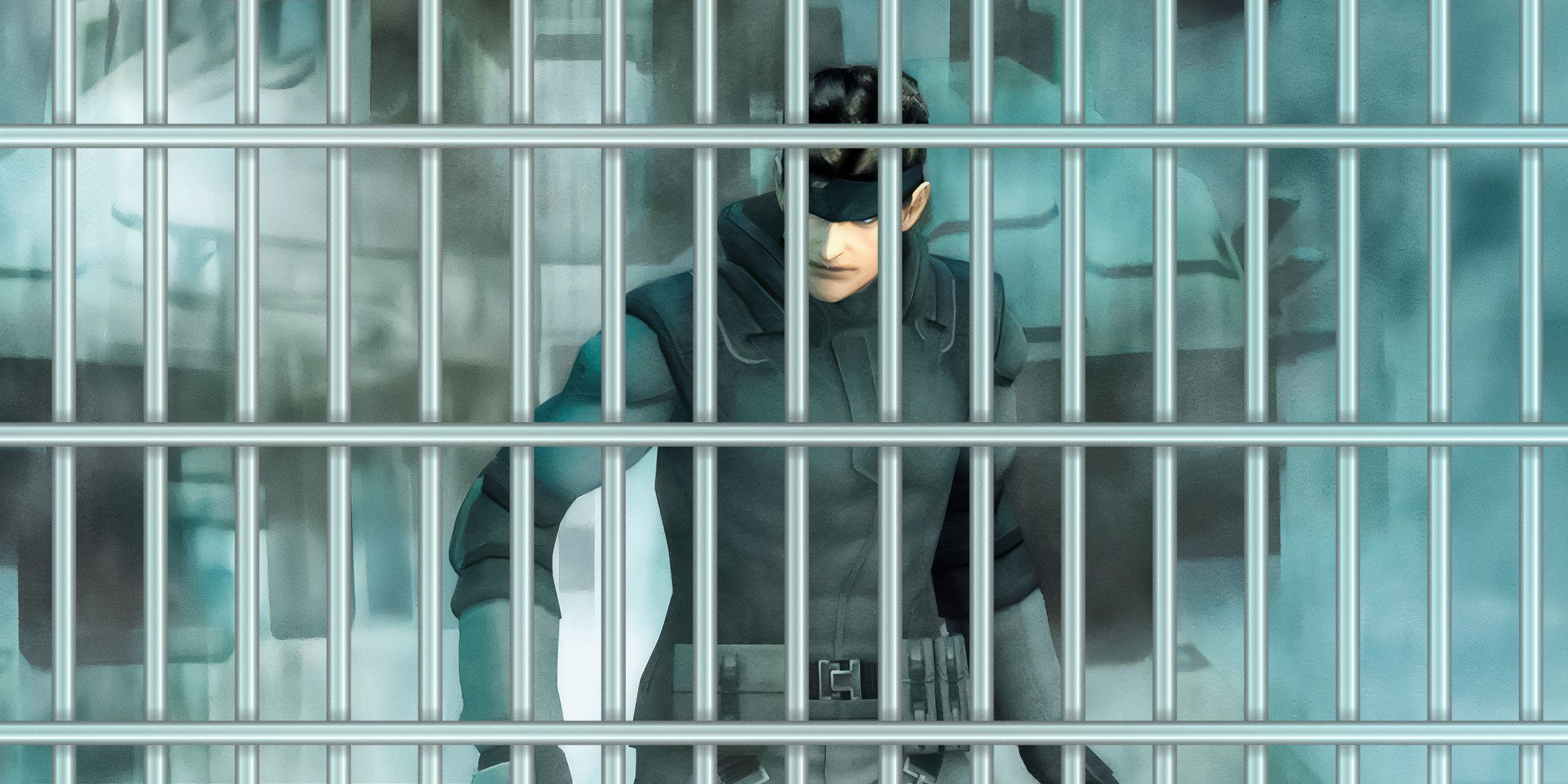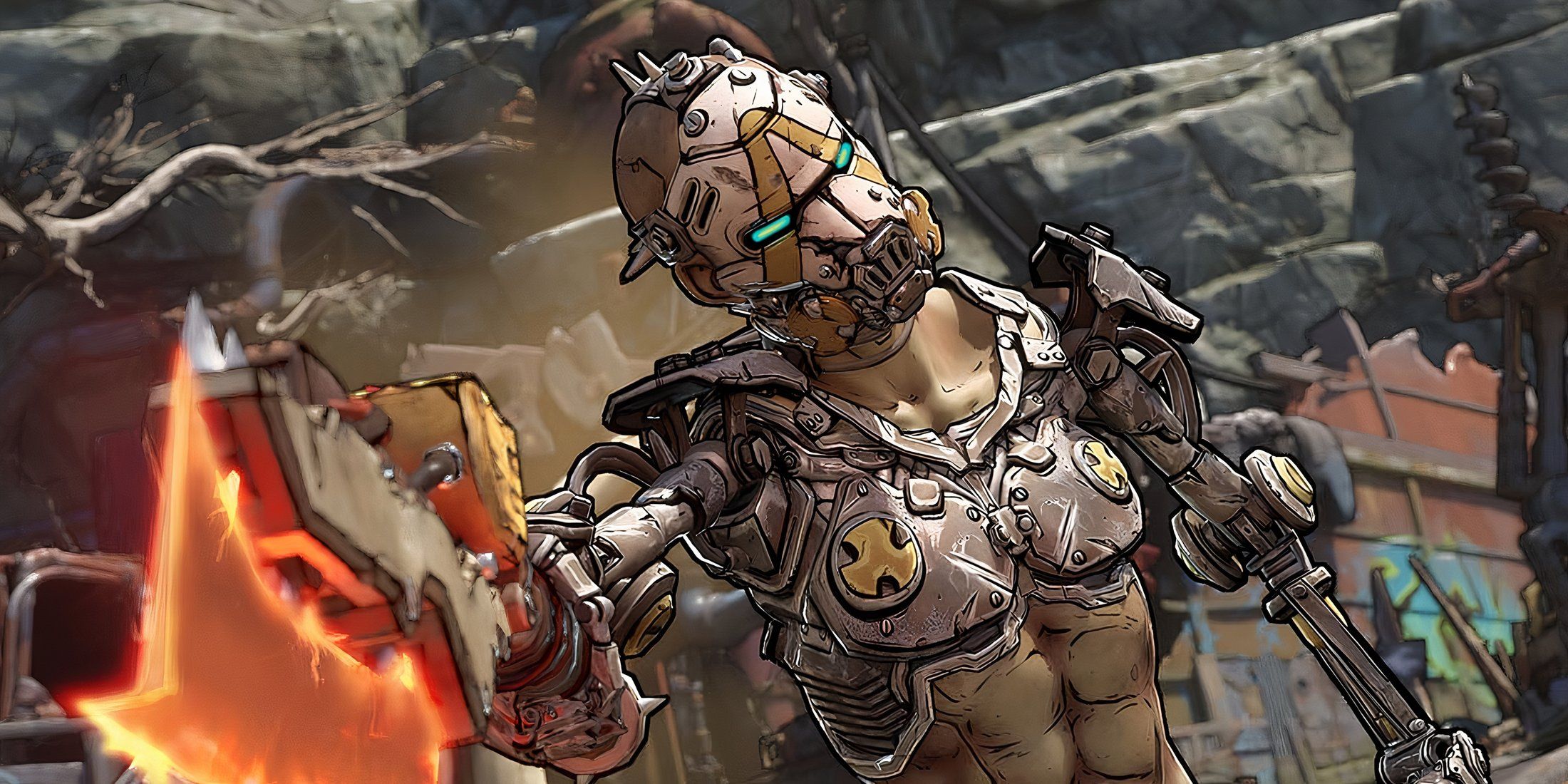
Paperclips, a new game from designer Frank Lantz, starts simply. The top left of the screen gets a bit of text, probably in Times New Roman, and a couple of clickable buttons: Make a paperclip. You click, and a counter turns over. One.
The game ends—big, significant spoiler here—with the destruction of the universe.
In between, Lantz, the director of the New York University Games Center, manages to incept the player with a new appreciation for the narrative potential of addictive clicker games, exponential growth curves, and artificial intelligence run amok.
“I started it as an exercise in teaching myself Javascript. And then it just took over my brain,” Lantz says. “I thought, in a game like this, where the whole point is that you’re in pursuit of maximizing a particular arbitrary quantity, it would be so funny if you were an AI and making paperclips. That game would design itself, I thought.”
Lantz figured it would take him a weekend to build.
It took him nine months.
And then it went viral.
The idea of a paperclip-making AI didn’t originate with Lantz. Most people ascribe it to Nick Bostrom, a philosopher at Oxford University and the author of the book Superintelligence. The New Yorker (owned by Condé Nast, which also owns Wired) called Bostrom “the philosopher of doomsday,” because he writes and thinks deeply about what would happen if a computer got really, really smart. Not, like, “wow, Alexa can understand me when I ask it to play NPR” smart, but like really smart.
In 2003, Bostrom wrote that the idea of a superintelligent AI serving humanity or a single person was perfectly reasonable. But, he added, “It also seems perfectly possible to have a superintelligence whose sole goal is something completely arbitrary, such as to manufacture as many paperclips as possible, and who would resist with all its might any attempt to alter this goal.” The result? “It starts transforming first all of earth and then increasing portions of space into paperclip manufacturing facilities.”













